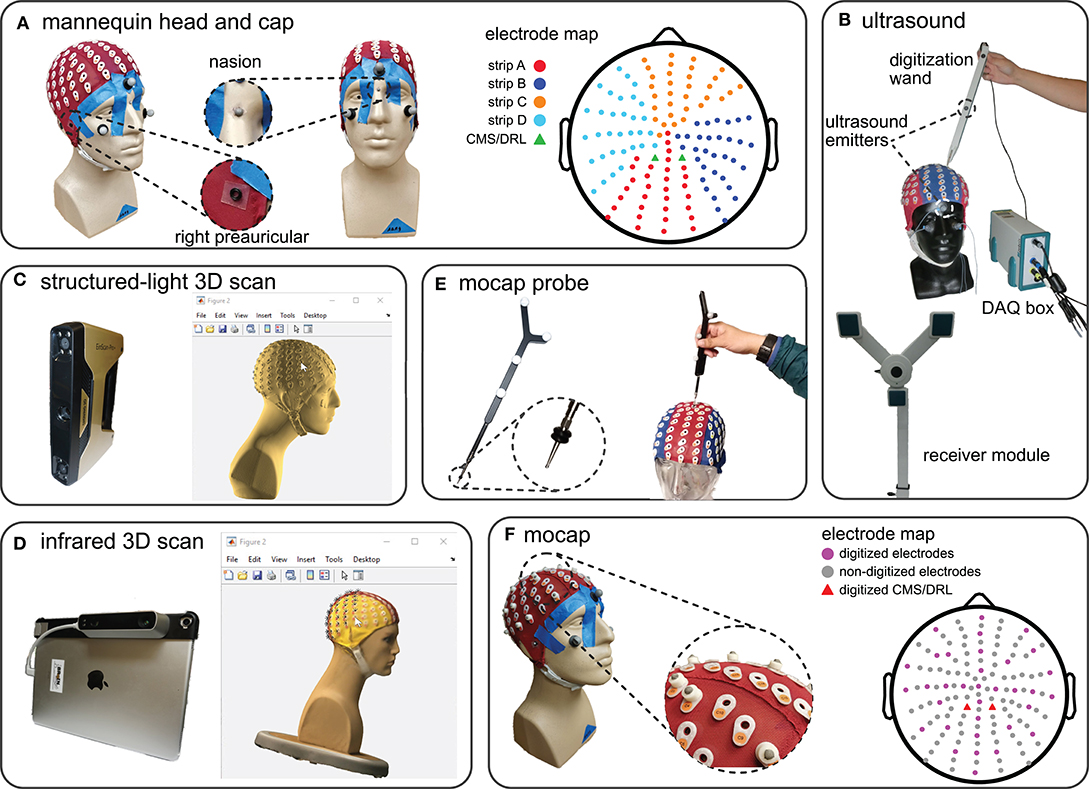
These procedures are well-tolerated by patients, unaffected by task difficulty and are widely available to all subpopulations, even those traditionally underrepresented in clinical study. WAVi recording in the awake-responding state is an ideal low-cost and non-invasive methodology with a high temporal resolution (milliseconds) that provides an optimal investigational tool for the emerging features of brain pathophysiology.

When combined with data supplied from information from self-reported and observed cognitive and behavior patterns clarity arises with respect to brain processes and determination of the medical condition.įor this investigation we will evaluate the ability of qEEG P300 and P50 waveform amplitudes and auditory response times to differentiate healthy aging individuals from those developing MCI characteristics. Measuring alterations in functionality and/or dysfunctionality can potentially assist treatment courses following changes in disease progression. These brain network patterns and scores can aid clinicians with profiling of brain functionality in comparison to the reference brain network model to assess similarity to normal brain functioning. By projecting the individual data points into clusters, they reveal three-dimensional images of brain network activation patterns which represent high resolution functional neural pathways. The WAVi system uses algorithms and sets of signal processing and pattern recognition techniques to seek and map activated neural pathways in task-related data points with respect to time, location, amplitude, and frequency. Ultimately this neurophysiological assessment will shed new light on the progression of cognitive impairment and the response of developing therapeutic interventions for a variety of neurologic, psychiatric and behavioral conditions. Abiding by the measures within the existing framework contributes to a more standardized neurodiagnostic approach for dementia-related pathologies and supports continuity of care. Expounding upon an investigative technique that has shown promise in identifying region-specific abnormalities in concussed patients not only allows us to take advantage of an existing framework which provides a clear and elegant topographical output but also establishes a repeatable metric for quantifying MCI related dysfunction. Our goal is to compare assessments from both symptomatic and asymptomatic individuals to further develop differential diagnoses in the early-most stages of preclinical AD. Quantitative electroencephalograph (qEEG) is a non-invasive assessment which records multi-channel EEG event-related potentials (ERPs) and a comprehensive multi-dimensional analysis of such recordings by advanced algorithms aimed at understanding and visualizing the network complexity of brain function.

Incorporate WAVi brain scan technology which has proven effective in assessing cases of mTBI.

Both healthy and symptomatic groups will be populated by participants with previous PET amyloid-beta (Aβ) imaging scans. Obtain and analyze in-vivo EEG data in participants ages 50-65 showing early onset symptomology of MCI for the purpose of guiding patient management and developing intervention methods for improving overall health outcomes for this segment of the population.


 0 kommentar(er)
0 kommentar(er)
